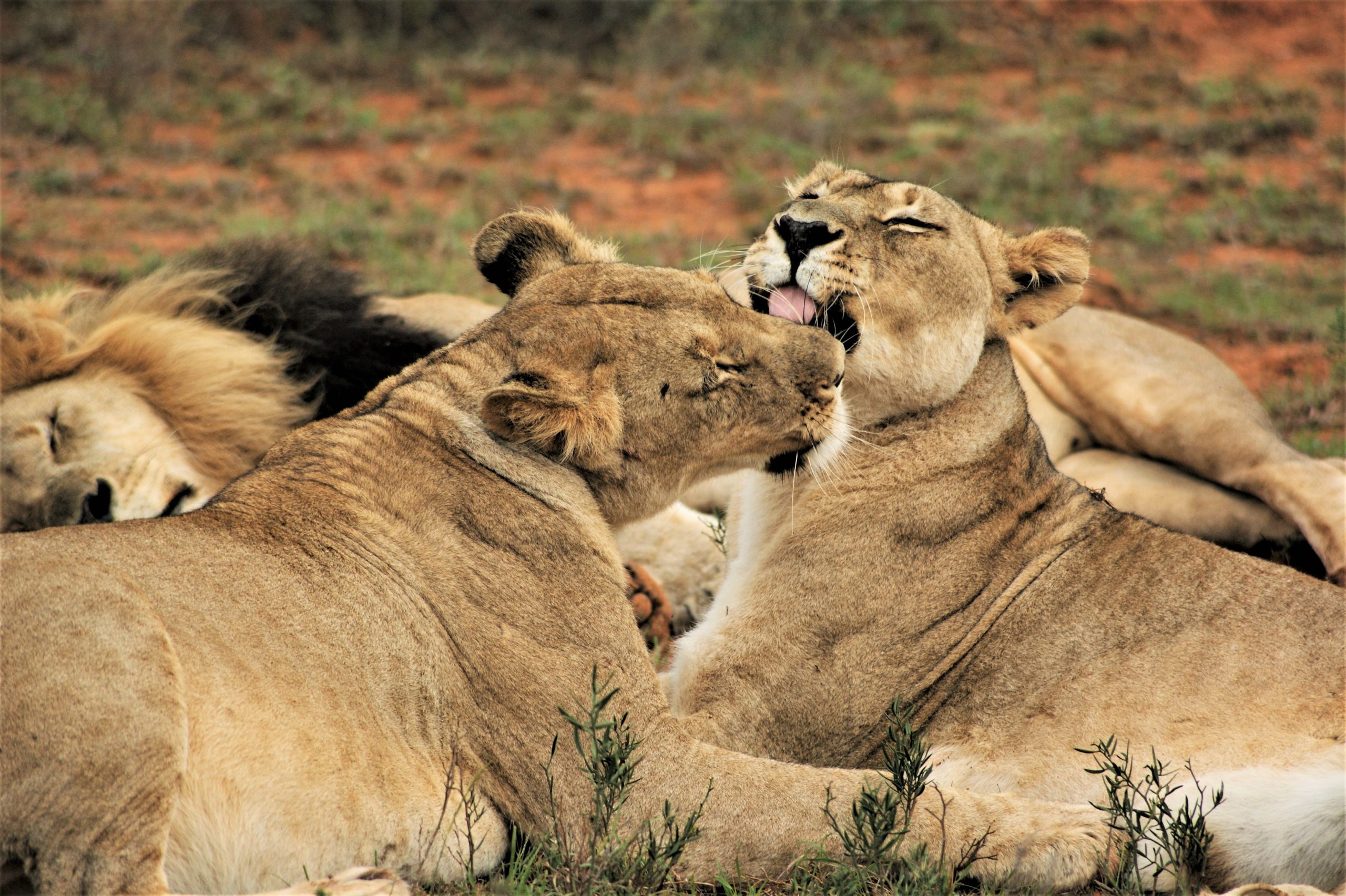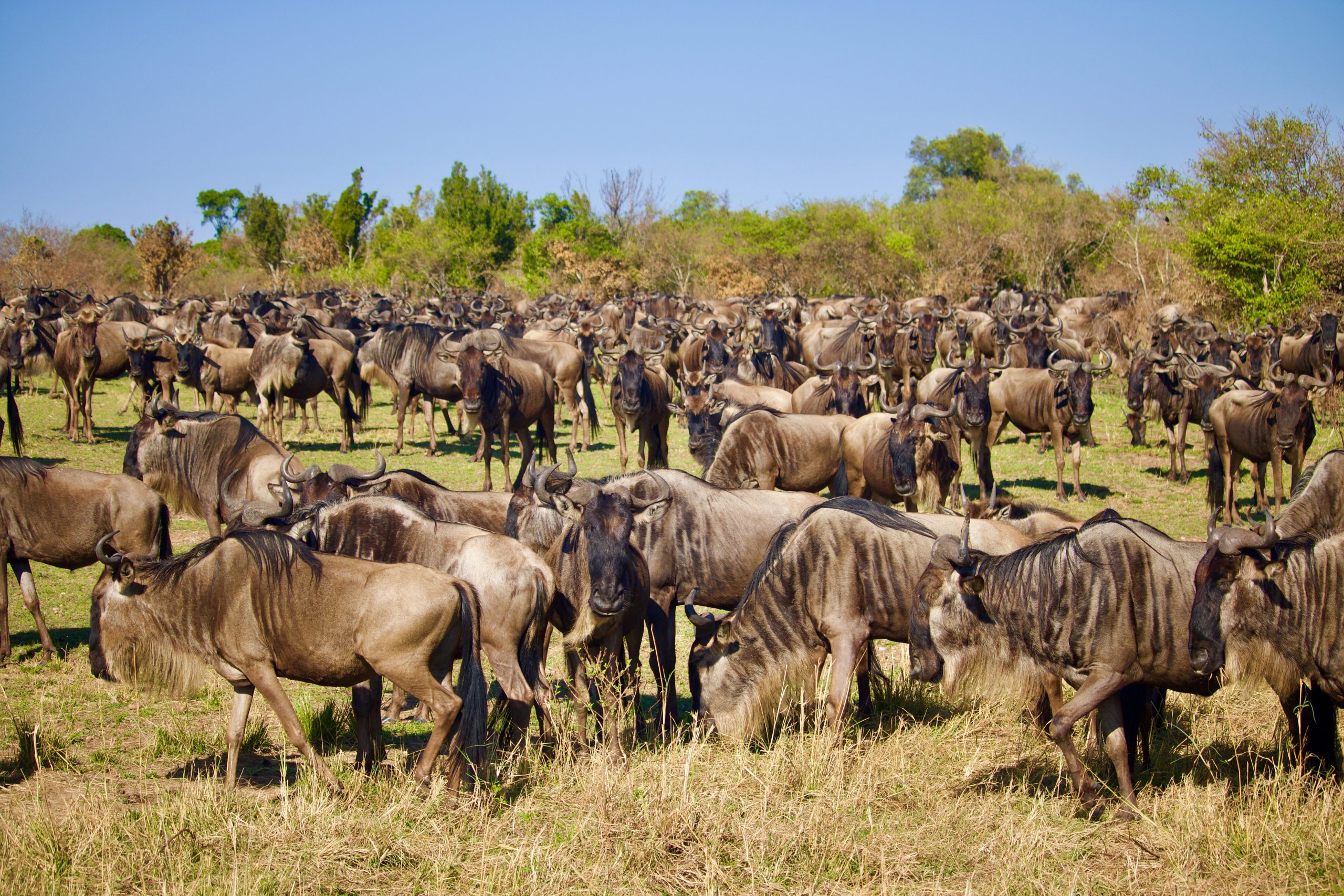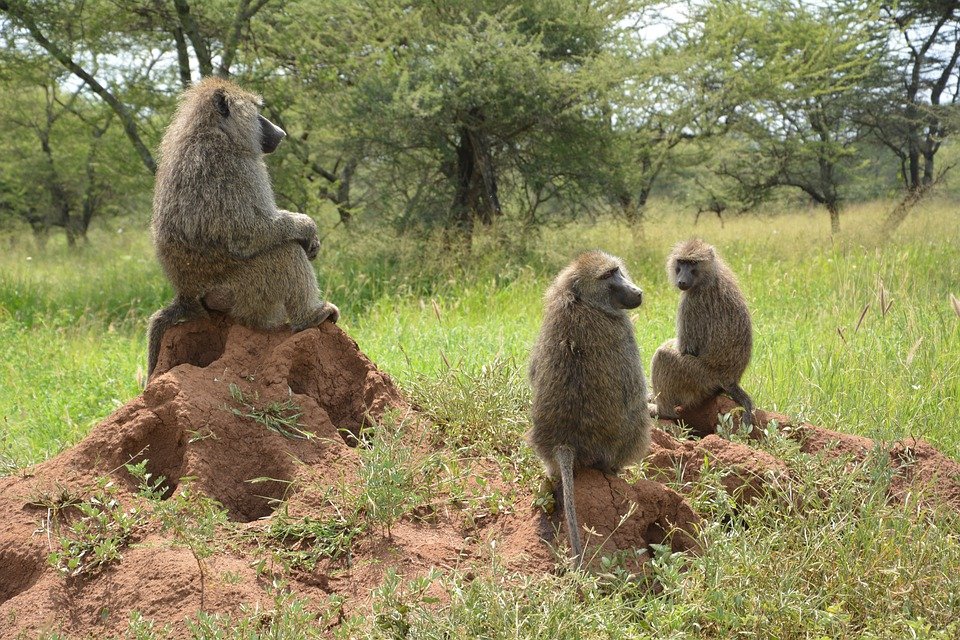It is Tanzania’s most famous park stretching north to Kenya and bordering Lake Victoria to the west. Vegetation is grassy plains, savannah with acacias, wooded hills and mountains are the backdrops for an extraordinary concentration of animals which reaches its peak during the wildebeest migration which generally takes place between December to May in the south of the park and from June to October to the west and the north. A million wildebeest.each driven by the same ancient rhythm, fulfilling their instinctive role in the inescapable cycle of life: a frenzied 3 week bout of territorial conquests and mating: survival of the fittest as 40 kilometres long columns plunge through crocodile infested waters on the annual exodus north. It is also a very good time to see the cats. The adjacent reserves of Maswa and Ikorongo, the Ngorongoro Conservation Area, and the Masai Mara Game Reserve in Kenya all allow the animals and birds of the area a free range of movement to follow their seasonal migrations.
Its large stone kopjes are home to rich ecosystems, and the sheer magnitude and scale of life that the plains support is staggering. Large prides of lions laze easily in the long grasses, plentiful families of elephants feed on acacia bark and trump to each other across the plains, and giraffes, gazelles, monkeys, eland, and the whole range of African wildlife is in awe-inspiring numbers.
The park has varied zones in which each ecosystem is subtly different . Seronera in the centre of the park is the most popular and most easily visited area. The Grumeti River in the Western Corridor is the location for the dramatic river crossing during the wildebeest migration. Maswa Game Reserve to the south offers a remote part of the park rewarding.
Area – 14,760 km2
Getting there: scheduled or charter flight from Arusha
By road from Arusha, Manyara, Ngorongoro






